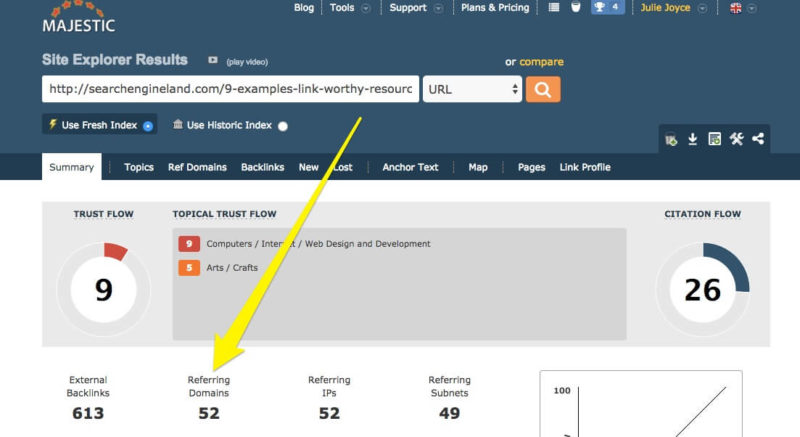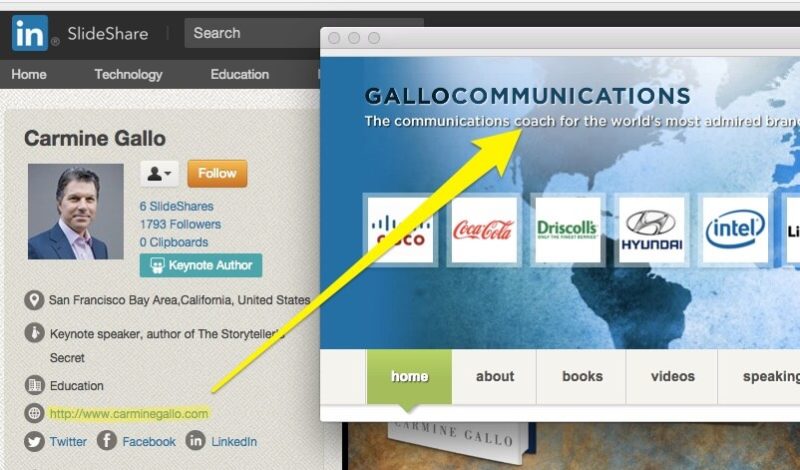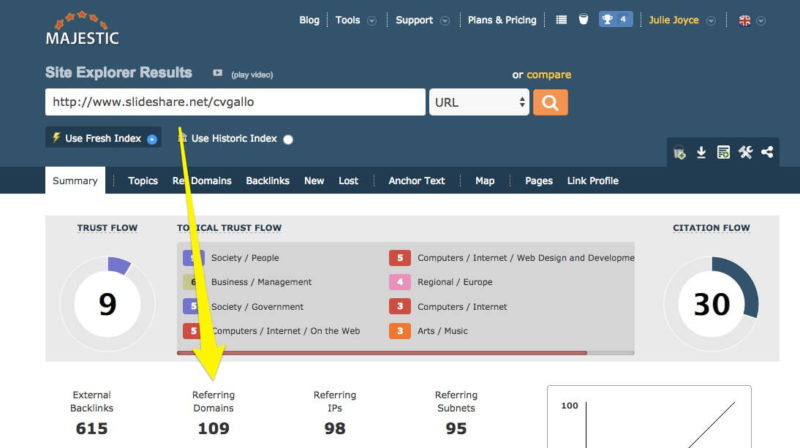The Importance Of Second-Tier Links
Want to ensure you have strong traffic sources, even if your site doesn't rank well? Link Week columnist Julie Joyce explains why pursuing a second-tier link strategy is a smart use of your time.

I’ve always been a big fan of trying to have a broad range of inroads to a site. Over the last few years, I’ve seen so many sites with penalties that crushed their traffic that I place a high value on building secondary sources of traffic.
Wouldn’t it be nice to still get some relevant traffic, even if (heaven forbid) your main site weren’t showing up in the SERPs? This is where second-tier links can help.
I will go ahead with a disclaimer that says that I am in no way advocating doing anything blackhat or spammy here. I’m not asking you to try link wheels or totally ignore your usual quality standards. I’m not telling you to buy a bunch of low-quality links to sites that link to you. I just want to point out the benefits of paying attention to this type of link work.
What Is Second-Tier Link Building?
It’s pretty simple stuff: You seek to build links to pages that link to your website — in whatever way you want to do that. (With the first tier being building links to your website.)
You can use social media to promote the articles that link your site if you like. You can also directly ask an author to link to one of your articles on another site. The point is to link to something else that, in turn, links to you.
This method can help with rankings if done well (just like any other good links), but what I really like about it is the potential for traffic as people click through. With that mindset, it isn’t a big deal that some of the most popular sites that can generate second-tier links will nofollow those links.
Let’s look at an example using this very site. Below, you’ll see how one of my articles links to my website:
Now take a look at the number of referring domains that point to one of my articles on this site:
As you can see, there are 52 domains that link to an article I wrote, which, in turn, links to my main site. That is 52 more opportunities for someone to find my article and then click through to my site. Not bad, is it?
Now let’s take a look at a site like Slideshare.net. What you’re seeing below is the author’s Slideshare information page linking to his main site.
Now, take a look at the referring domains for that author’s Slideshare profile:
That’s 109 referring domains!
Again, that’s 109 more opportunities for someone to eventually reach a main site. To me, that’s becoming harder to ignore as a viable source of quality traffic.
So let’s look at some major dos and don’ts for second-tier link building:
Dos
- Socialize the sites that link to you in order to up the chances of getting links to those pages.
- Spend some time trying to build (good) links to those sites, just as you do with your main site. If someone has linked to a piece of content on your main site before, and you write another relevant article somewhere, reach out and let them know.
- Realize that second-tier links should be developed with the same quality guidelines that you’d use to develop links to your main site.
- Understand that a site you’ve written for or that links to you may have much more authority than your own site. If you are lucky enough to write for a major publication, you may have more success getting links to an article there than you would something on your brand-new business blog.
Don’ts
- Get sloppy. Don’t use this as an excuse to go after easy links that are low-quality.
- Try to double up when you’re begging for links. For one thing, including more than one URL in an initial email can potentially pop you into the Promotions tab if the webmaster uses Gmail, and that’s not good. For another thing, most people aren’t going to give you one link, let alone two. It’s sad, but true.
- Go after links to worthless links that point to your site. For example, if your site is mentioned in some scraped roundup post, there’s absolutely no need to try to build links to it.
- Use automated software to build second-tier links.
To conclude, remember that I’m not thinking about rankings with this strategy. I’m thinking about traffic. I realize that a multi-tiered link strategy can easily be used for spammy purposes, but it can also be used in very legitimate ways, so if you do have content outside your own site that links back to you, give it a try, but always, always, always keep quality in mind.
Contributing authors are invited to create content for Search Engine Land and are chosen for their expertise and contribution to the search community. Our contributors work under the oversight of the editorial staff and contributions are checked for quality and relevance to our readers. The opinions they express are their own.
Related stories
New on Search Engine Land



